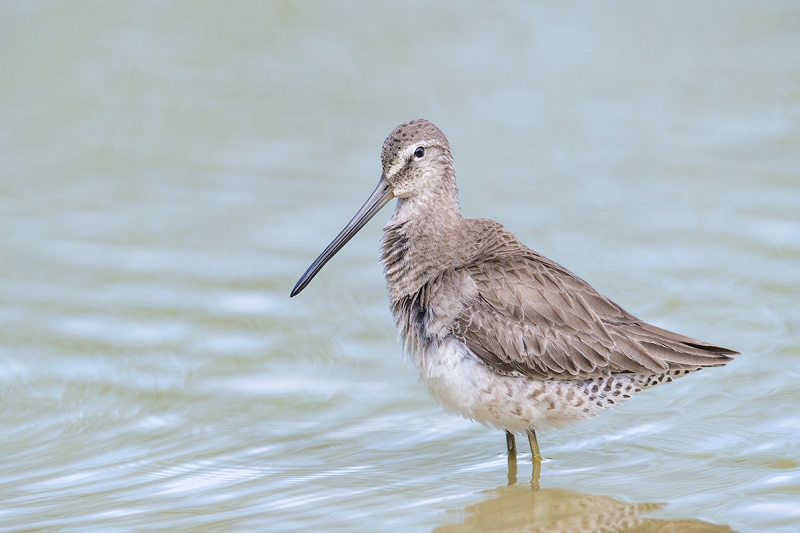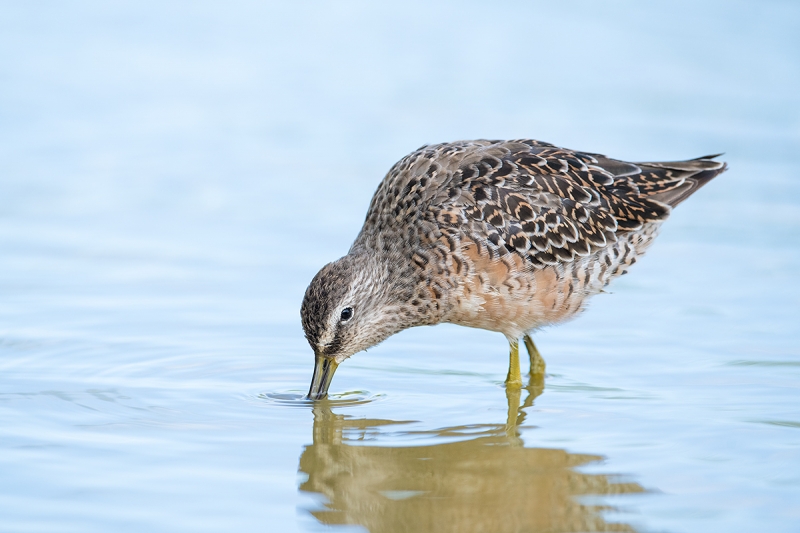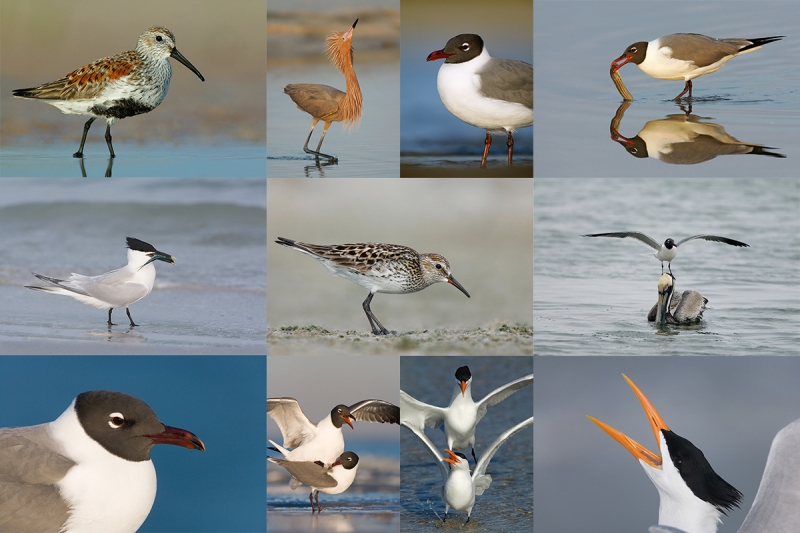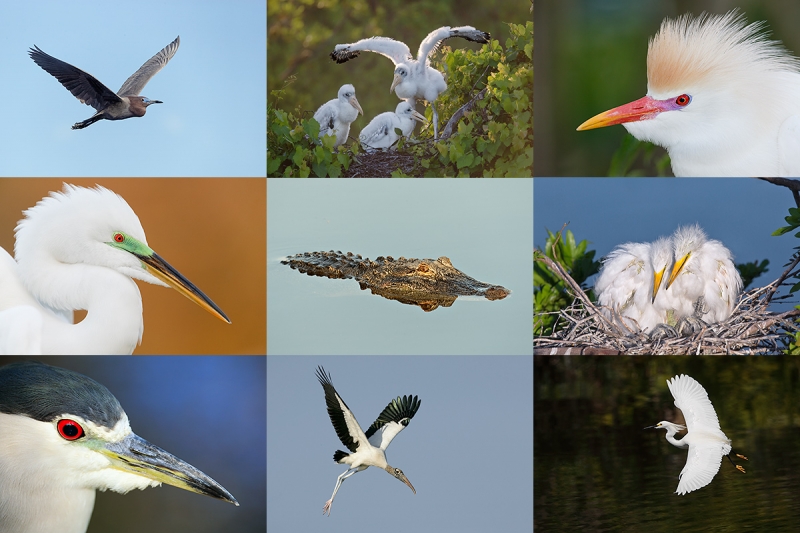Stuff
I photographed at Gilbert in the morning. After a slow start things picked up nicely. The shoulder is getting a bit better each day. We got the MRI report and while most folks would opt for surgery at this point, I have decided after discussion with Dr. Oliver, physical therapist Amy Novotny, and friend Anita North, a retired neurosurgeon, not to pursue a surgical option. Why? I am getting better. I am currently able to photograph on my own with the 600. I am not in pain at all during the day. I can do pretty much all daily activities with little or no discomfort. I am able to do things in terms of shoulder movement that I should not be able to do if the MRI report were completely accurate. I will arrange to have a prolozone/stem cell/PRP injection soon after I get home early next week. Wish me luck with my decision 🙂 Or not 🙂
Nikon AF Problems
If you missed the simple solution to my somewhat mystifying D850 AF problems, click here.
The Streak
Today makes two hundred fifty-one days in a row with a new educational blog post! This one took about an hour prepare including the time spent on the image optimization. With all of my upcoming free time (or not…), the plan right now is to try to break the current record streak of 480 … Good health and good internet connections and my continuing insanity willing.
BIRDS AS ART
BIRDS AS ART is registered in the U.S. Patent and Trademark Office.
Money Saving Reminder
If you need a hot photo item that is out of stock at B&H, would enjoy free overnight shipping, and would like a $50 discount on your first purchase, click here to order and enter the coupon code BIRDSASART at checkout. If you are looking to strike a deal on Canon or Nikon gear (including the big telephotos) or on a multiple item order, contact Steve Elkins via e-mail or on his cell at (479) 381-2592 (Eastern time) and be sure to mention your BIRDSASART coupon code and use it for your online order. Patrick Sparkman saved $350 on a recent purchase!


Booking.Com
Several folks on the Gatorland IPT used the Booking.Com link below and got great rates and saved a handsome $25.00 in the process. If you too would like to give Booking.Com a shot, click here and to earn a $25 reward on your first booking. Thanks to the many who have already tried and used this great service.
Gear Questions and Advice
Too many folks attending BAA IPTs and dozens of folks whom I see in the field, and on BPN, are–out of ignorance–using the wrong gear especially when it comes to tripods and more especially, tripod heads… Please know that I am always glad to answer your gear questions via e-mail. Those questions might deal with systems, camera bodies, accessories, and/or lens choices and decisions.
|
|
|
This image was created at the Riparian Preserve at Gilbert Water Ranch on April 4, 2018 when I was seated behind my lowered tripod. I used the Induro GIT 304L/Mongoose M3.6-mounted Nikon AF-S NIKKOR 600mm f/4E FL ED VR lens and the Nikon D850. ISO 800. Matrix metering plus about 1 stop: 1/10000 sec at f/6.3. AUTO1 WB at 9:13am in the cloudy bright conditions. Two AF points up from the center AF point/d-9 Shutter button AF was active at the moment of exposure. The selected AF point was on the side of the base of the neck. Focus peaking AF Fine-tune: +6. Image #1: Long-billed Dowitcher, basic plumage |
Winter Plumage
The Long-billed Dowitcher above is still in basic (or winter) plumage. Note that all of the upperparts feathers are plain gray. Compare the plumage of this bird with the more colorful plumage of the bird in the next photo. Some shorebirds molt into their plain basic plumage in late summer. Some do not molt into basic plumage until late fall or even early winter. Young shorebirds molt into first basic plumage when they are four to six months old but they retain some of their distinctive juvenile covert feathers. I think that the bird in Image #1 is an adult but it might be a first-winter bird as there are a few very worn median coverts visible. Some one-year old birds may wear some form of breeding plumage throughout their first summer.
|
|
|
This image was created at the Riparian Preserve at Gilbert Water Ranch on April 4, 2018 when I was seated behind my lowered tripod. I used the Induro GIT 304L/Mongoose M3.6-mounted Nikon AF-S NIKKOR 600mm f/4E FL ED VR lens and the Nikon D850. ISO 800. Matrix metering plus about 1 stop: 1/10000 sec at f/5.6. AUTO1 WB at 9:17am in the cloudy bright conditions. One AF point down and one to the left of the center AF point/d-9 Shutter button AF was active at the moment of exposure. The selected AF point was on the top of the back of the bird’s head. Focus peaking AF Fine-tune: +6. Long-billed Dowitcher, molting to breeding plumage/strong> |
Alternate Plumage
Shorebirds in alternate (or breeding or summer) plumage feature bright colorful feathers often with distinctive patterning. The dowitcher in Image #2 has begun to molt into its handsome alternate plumage. Most of the gray winter feathers have been replaced by colorful, patterned feathers, many with dark brown centers and some with white fringes and internal orange barring. Note the few remaining plain gray basic feathers on the bird’s upper back. As the season progresses this bird will complete its molt to alternate plumage and as the feathers wear a bit the colors become even brighter. In two to four weeks this bird will be a real stunner with a brick orange-red belly and the upperparts spangled with bright orange, brown, and silver. When the breeding season is over the plumage begins to wear and fade and by mid-summer, many southbound birds will have begun to molt in some grey basic feathers.
Short-billed Dowitcher
While Short-billed Dowitcher is rare in Arizona, there are many locations in the US where both species occur regularly. The various plumages can be quite similar at times though it is always easy to differentiate the juveniles with good view. Birds in basic plumage are the most difficult to ID. And there is a race of short-billed that can look pretty close to long-billeds in alternate plumage. The single best way to separate the species is by call. Long-billeds call “keek, keek,” most often when viewing feeding flocks. The call of short-billeds is a rolling trill (usually made only when they take flight). Learn lots more about these two species in Shorebirds: Beautiful Beachcombers.
Shorebirds: Beautiful Beachcombers
If you are interested in learning to identify and age all of the common North American shorebirds and learn about their amazing migrations, their breeding biology, their feeding habits, and everything else you might have wanted to learn on the way to the nearest mudflats, get yourself a copy of my softcover book, Shorebirds: Beautiful Beachcombers.
The Nikon Autofocus Focus Fine-tune e-Guide
There is lots of mis-information out there on Nikon Automatic AF Fine-tune. Working with Patrick Sparkman, we developed a way of using that feature most effectively. Patrick was on a roll and perfected a method for using the Focus Peaking feature available only on the D850 to quickly and accurately micro-adjust all lenses and TC-Es with the D-850. Both Nikon Automatic AF Fine-tune and D850 Focus Peaking AF Fine-tune require a LensAlign Mark II kit so that you can obtain accurate results. I learned recently that the Nikon D500 DSLR and the older D7500 both offer Automatic AF Fine-tune.
Folks who use one of my links to purchase a Nikon D850, a Nikon D5 DSLR Camera (Body Only, Dual XQD Slots), a Nikon D500 DSLR , or any Nikon gear totaling more than $2,000 will receive the new guide free.
IPT Stuff
All IPTs include an introductory briefing before the IPT begins so you know what to expect, frequent in-the-field instruction and guidance (priceless), image editing and small group Photoshop instruction during and after lunch. Breakfasts are on your own so that we can get in the field early. Lunches are on me. Dinners are on your own as well so that we can get to bed as the days in spring will be long.
Rides with the leader are available on a limited basis for $50/day.
Registering for an IPT
To register for an IPT call Jim or Jen in the office at 863-692-0906 from Monday morning through Friday lunch with your credit card in hand to leave your $500 non-refundable deposit. Balances may not be paid by credit card so you will be asked to send a check for your balance along with the signed paperwork that you will find here.
|
|
Spring at DeSoto is often magical |
DeSoto IPT #1 Sunrise: 7:07 am. Sunset: 6:22pm.
3 1/2 DAYS: SUN 15 APR thru the morning session on WED 18 APR: $1599. Limit 5 photographers.
You must purchase a season Parking Pass in advance for early entry. Click here and scroll down for info. If you are not a local, the six month pass if fine. Best to order by mail. Join me to photograph a wide variety of birds of the shore including pelicans, gulls, terns, sandpipers, oystercatchers, heron, egrets, and night-herons. Many in full breeding plumage. Most are ridiculously tame. Osprey likely. Learn to get the right exposure, flight photography techniques, my secret DeSoto locations, how to see the best situations (nobody is better at that than me), and how to make great images in extremely cluttered situations. Enjoy some great sunrises and sunsets.
Which will offer better opportunities, Desoto #1 or DeSoto #2? I have no idea. Both have the potential to be great.
|
|
Tame birds in breeding plumage and heron and egret chicks are great fun. |
Gatorland IPT #2. Sunrise: 6:48am. Sunset: 7:58pm.
3 1/2 DAYs: THURS 26 APR through and including the morning of SUN 29 APR. $1599. Limit 5 photographers.
(2 1/2 DAY option) FRI 27 APR through and including the morning of SUN 29 APR. $1199.
Must purchase Gatorland Photographers Pass. Click here for details. All early entry. Late stays Thursday, Friday and Saturday. Gatorland IPT #2 should have lots of chicks, and lots of birds in breeding plumage. We will get to photograph Great Egret, Snowy Egret, Tricolored Heron, and Wood Stork. The Cattle Egrets in full breeding plumage will be present in good numbers. Learn my Gatorland strategy, to get the right exposure, flight photography techniques, my secret Gatorland spots, how to see the best situations (nobody is better at that than me), and how to make great images in extremely cluttered situations.
Help Support the Blog
Please help support my (stupendous) efforts here on the blog by remembering to click on the logo link above each time that you shop Amazon. That would be greatly appreciated. There is no problem using your Prime account; just click on the link and log into your Prime account. With love, artie
If In Doubt …
If in doubt about using the BAA B&H affiliate link correctly, you can always start your search by clicking here. Please note that the tracking is invisible. Web orders only. Please, however, remember to shoot me your receipt via e-mail.




Please Remember to use my Affiliate Links and to Visit the New BAA Online Store 🙂
To show your appreciation for my continuing efforts here, we ask, as always, that you get in the habit of using my B&H affiliate links on the right side of the blog for all of your photo and electronics purchases. Please check the availability of all photographic accessories in the New BIRDS AS ART Online Store, especially the Mongoose M3.6 tripod head, Wimberley lens plates, Delkin flash cards and accessories, and LensCoat stuff.
As always, we sell only what I have used, have tested, and can depend on. We will not sell you junk. We know what you need to make creating great images easy and fun. And please remember that I am always glad to answer your gear questions via e-mail.
I would of course appreciate your using our B&H affiliate links for all of your major gear, video, and electronic purchases. For the photographic stuff mentioned in the paragraph above, and for everything else in the new store, we, meaning BAA, would of course greatly appreciate your business. Here is a huge thank you to the many who have been using our links on a regular basis and those who will be visiting the New BIRDS AS ART Online Store as well.
Be sure to like and follow BAA on Facebook by clicking on the logo link upper right. Tanks a stack.
Typos
In all blog posts and Bulletins, feel free to e-mail or to leave a comment regarding any typos or errors. Just be right :).


















Congratulations on the success thus far, and I wish the absolute best for you the rest of the way!
STUFF
Sending you many good wishes. You sure are working hard at healing, and getting results!
I congratulate you, Artie, and admire you for your attitude and perseverance. Good thing you have Amy….the best P.T. on the planet.
I really enjoy reading your blog especially because you include the “Stuff” section.
Best of luck,
Chris
Thanks CC.
with love, artie
Good luck with your treatment!
Thanks, Artie. I love your book. Good luck with the treatments.
Forgot to mention that I had Prolotherapy done twice on my knee with no success.
Hello Artie,
I had a mri on my knee and got arthroscopy knee surgery, and it still did not help. Then I did 3 months therapy still did not help. Then I did 2 months laser treatments and it still did not help. I was in so much pain and was grasping for a solution. Then I tried Stem cell replacement and I now have almost not pain and its only been a little over a month. What I was told is do not do the procedure where they take stem cell from your body and reuse it. I got my stem cell from the placenta of a birth. I honestly am almost pain free now and they say it takes about six months to get the full effect. I wish you the best. Just thought I would share my experience with stem cell replacement.
Hi Art, I’ve had low back pain for years. There’s arthritis and some other stuff going on. I’ve been keeping it at bay with a combination of low activity (standing, walking) and, of course some schedule II meds. My pain doctor suggested I try the PRP thin so I’m scheduled for a shot in a few weeks. Keep you posted!
Kevin
Artie, thanks for the lesson. It is often difficult to tell! BTW, saw this yesterday and thought it might interest you – http://www.cbc.ca/news/canada/newfoundland-labrador/puffin-beaks-flouresce-1.4607386?cmp=rss